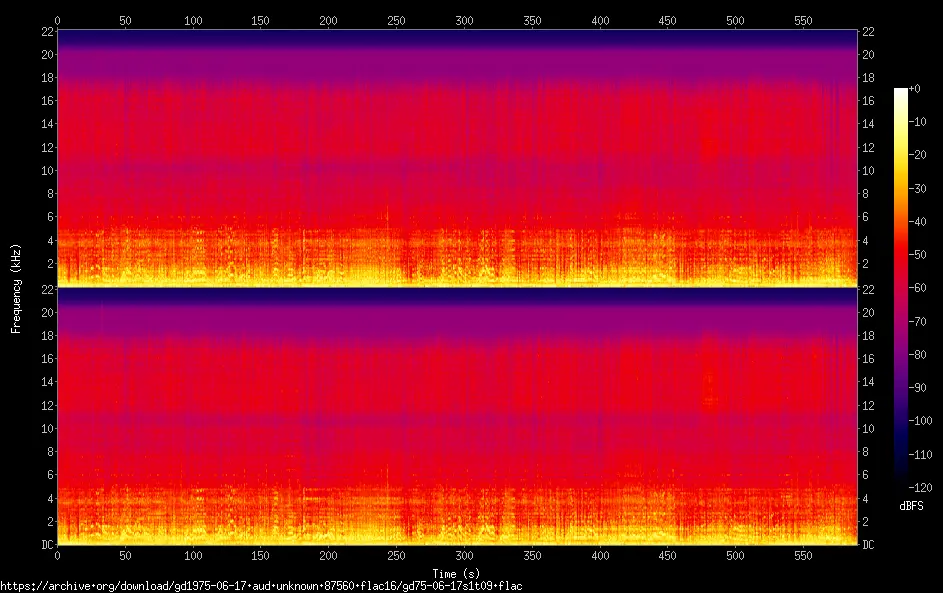Sound analysis
The most prevalent form of audio analysis is derived from the sense of hearing. A type of sensory perception that occurs in much of the planet's fauna, audio analysis is a fundamental process of many living beings. Sounds made by the surrounding environment or other living beings provides input to the hearing mechanism, for which the listener's brain can interpret the sound and how it should respond. Examples of functions include speech, startle response, music listening, and more.
An inherent ability of humans, hearing is fundamental in communication across the globe, and the process of assigning meaning and value to speech is a complex but necessary function of the human body. The study of the auditory system has been greatly centered using mathematics and the analysis of sinusoidal vibrations and sounds. The Fourier Transform has been an essential theorem in understanding how the human ear processes moving air and turns it into the audible frequency range, about 20 to 20,000 Hz.[1] The ear is able take one complex waveform and process it into varying frequency ranges thanks to differences in the structures of the ear canal, that are tuned to specific frequency ranges.[2] The initial sensory input is then analyzed further up in the neurological system where the perception of sound takes place.
The auditory system also works in tandem with the neural system so that the listener is capable of spatially locating the direction from which a sound source originated. This is known as the Haas or Precedence effect and is possible due to the nature of having two ears, or auditory receptors. The difference in time it takes for a sound to reach both ears provides the necessary information for the brain to calculate the spatial positioning of the source.
